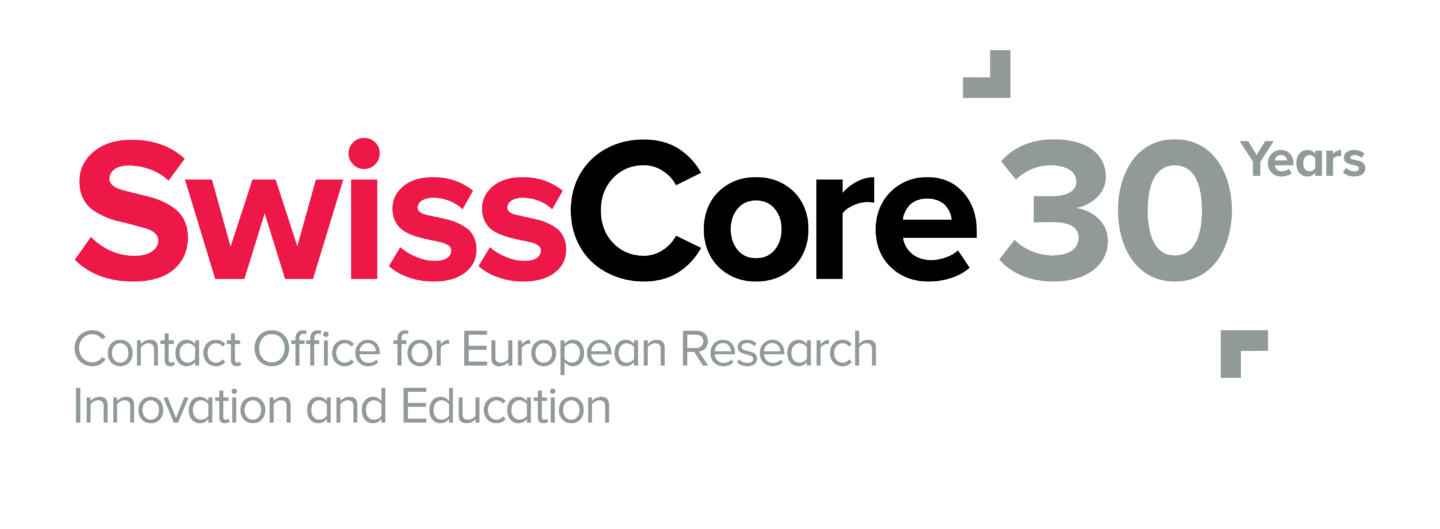A new report sees synergies between Horizon 2020 and European Structural and Investment Funds not yet fully exploited and offers recommendations.
On 21 November 2022, the European Court of Auditors (ECA) published the special report on ‘Synergies between Horizon 2020 (H2020) and European Structural and Investment Funds (ESIF), concluding that the synergies still need to be fully exploited. The report complements a special ECA report on the measures to widen participation in H2020 that was published in June 2022, leading to Council Conclusions in October 2022.
Synergies, a key priority of the ending Czech Presidency (see SwissCore article), will continue to be on the agenda of the upcoming Swedish Presidency as Council Conclusions on Synergies are expected. For the upcoming year, synergies will also be relevant for the European Missions and Partnerships as well as for the ERA Action 13, which aims to strengthen the European dimension in higher education, research and innovation and increase synergies between them.
According to the 2014-2020 legal framework of H2020 and ESIF, the European Commission and the national authorities are legally required to provide synergies between both programmes. For the legal frameworks for the 2021-2027 period, synergies are even more important: Under the Horizon Europe Regulation, Annex IV is fully dedicated to synergies, and the Common Provisions Regulation, governing the funds implementing cohesion policy, highlights the importance for Member States and the Commission of improving coordination and establishing synergies and complementarities with Horizon Europe.
The ECA ‘report on Synergies’, assessed the implementation degree of four types of synergies, which are: i. sequential funding upstreamed (use of ESI funds for R&I capacities needed to compete in H2020 through projects and international networks), ii. sequential funding downstreamed (utilising ESI funds for actions that capitalise on already implemented H2020 projects and exploit and diffuse their R&I results), iii. alternative funding (Seal of Excellence), and iv. complementary funding (bringing together funding from H2020 and ESIF in the same project). According to the report, the status of implementation in the period of 2014-2020 varied by type. It highlighted that initiatives to establish upstream synergies (e.g., support for research centres) were well executed, while measures to generate downstream synergies (e.g. funding the exploitation of research results) still offer room for improvement. The main identified obstacles for synergies are: i. differences in the legal frameworks of the two research and innovation programmes, ii. limited cooperation among the research and innovation stakeholders of Horizon 2020 and ESIF, and iii. missing interoperability between project databases. Besides, monitoring of synergies was not established, which would be essential for the Commission to identify and promote examples and good practices. Moreover, there was a limited alignment and lack of information between both programmes; for example, the Smart Specialisation Strategies and operational programmes of ESIF included limited references to Horizon 2020 priorities. Only a few projects that were positively evaluated under Horizon 2020 with the quality label of the Seal of Excellence received in the end funding from the ESIF. To improve the synergies and address the obstacles, the ECA report highlighted several recommendations for the European Commission; namely, i. improve cooperation between stakeholders active in research and innovation, ii. exploit the potential of databases to foster synergies, iii. increase the use of downstream synergies, and iv. improve information about projects awarded the Seal of Excellence.
On the practical level, the EC already published a guidance on synergies between Horizon Europe and the European Regional Development Fund programmes in July 2022 (see SwissCore article), and a new guide for synergies between the Marie Skłodowska-Curie Actions and European Institute of Innovation and Technology in September 2022 (see SwissCore article).

